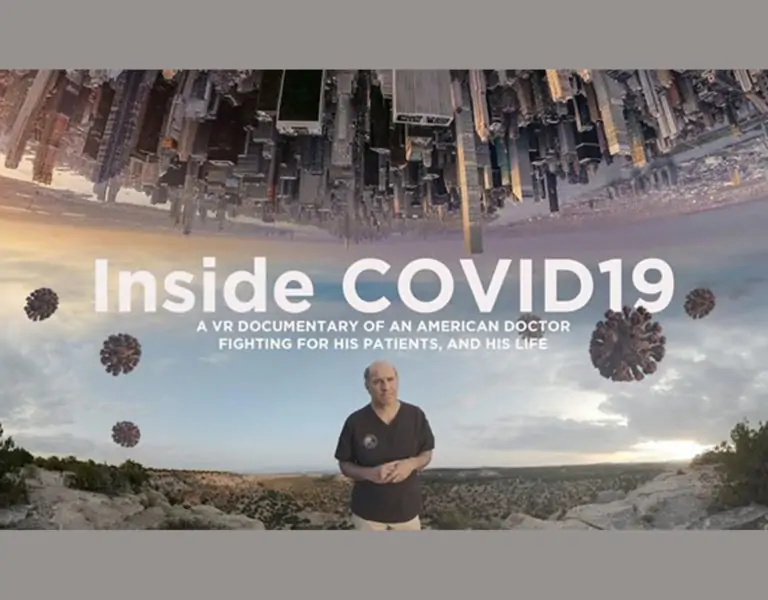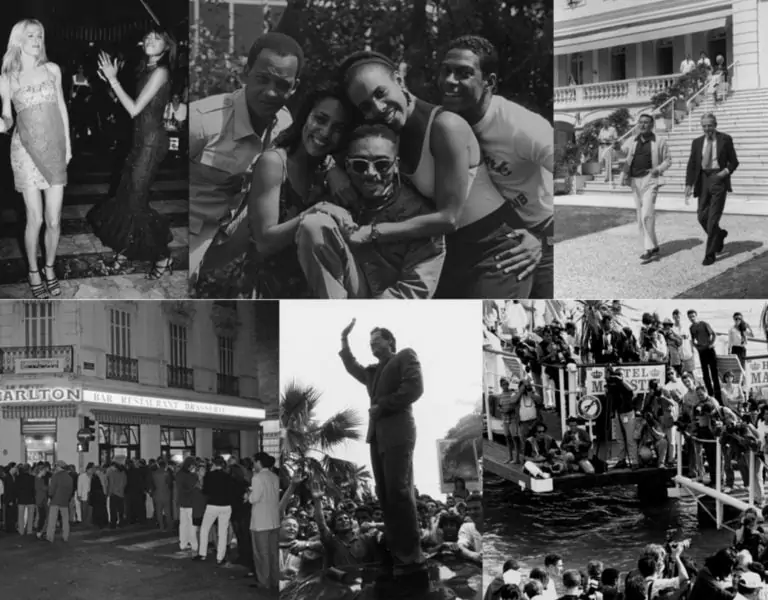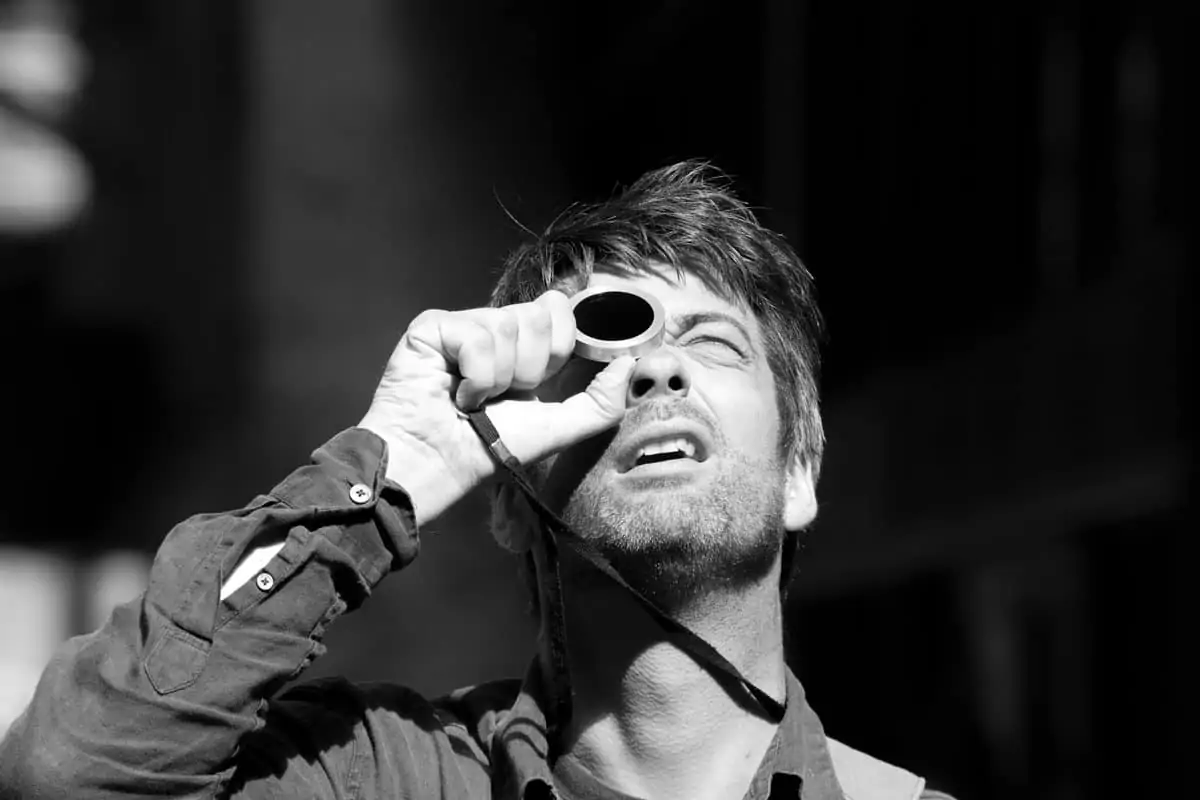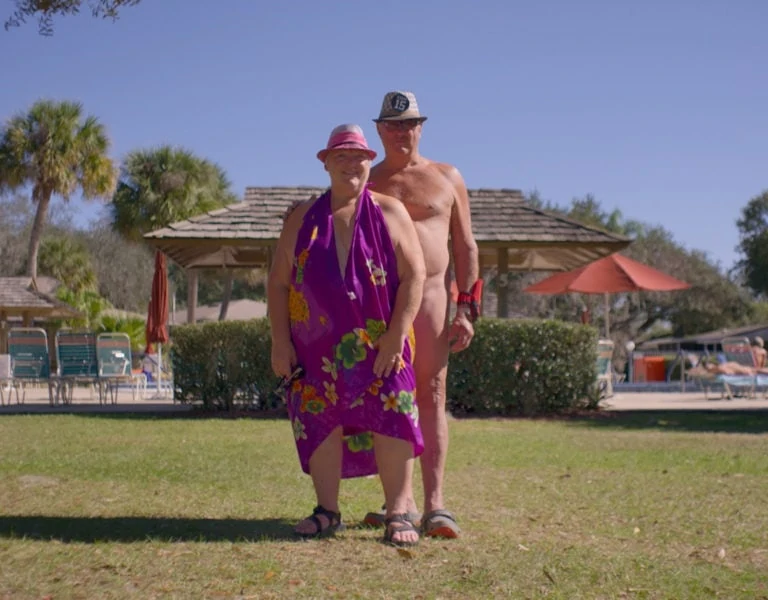Reach For The Sky
John Dibbs / Spitfire: The Feature Documentary
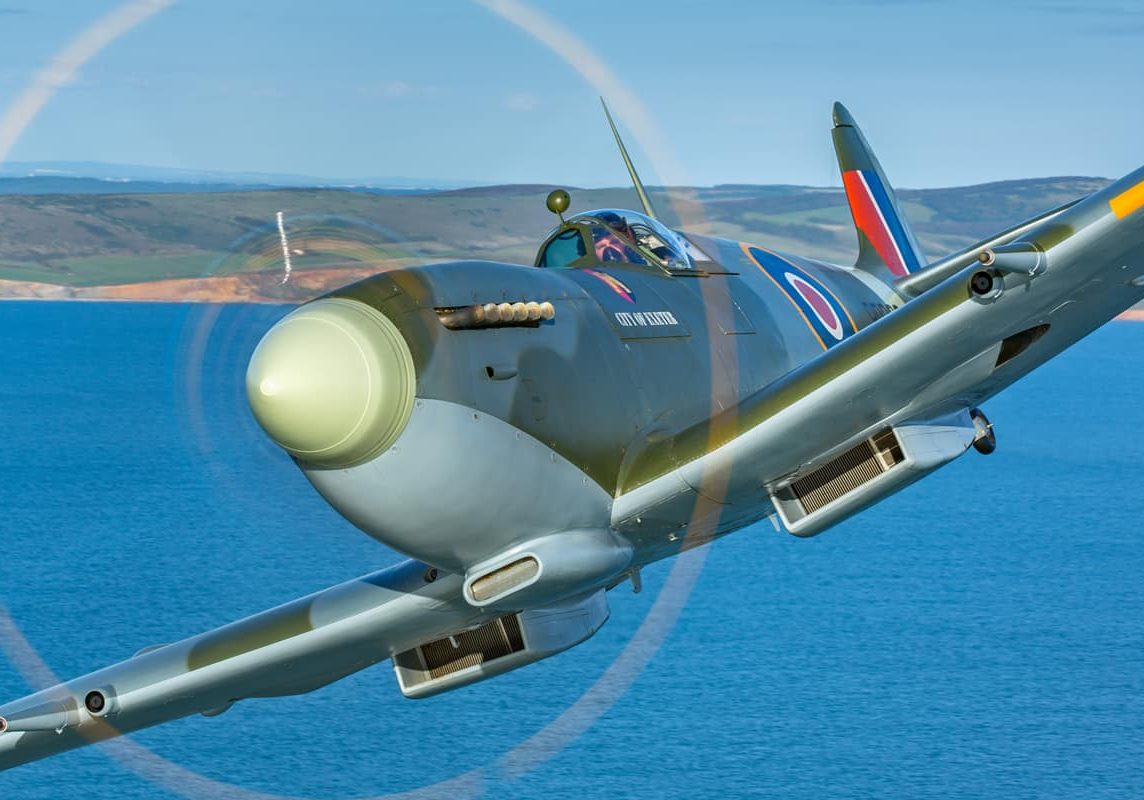
Reach For The Sky
John Dibbs / Spitfire: The Feature Documentary
“The sky is a beautiful place to paint pictures. It’s where I live most of the time,” remarks aerial photography specialist John Dibbs, who was a producer and the cinematographer of remarkable ground and air-to-air footage for the 90-minute feature Spitfire.
Produced by The British Film Company, headed by former Molinare boss Steve Milne, and co-directed by David Fairhead and Ant Palmer, Spitfire tells the story of the iconic British fighter – from its original design by R. J. Mitchell to its use during The Battle Of Britain, from July to October 1940 – utilising a variety of veteran interviews, shot by DP John Collins, archive material, and brand new footage of the aircraft in action, shot by Dibbs.
The film’s release is timed to coincide with RAF 100, when the Royal Air Force marks its centenary with a host of events during the summer of 2018. The world premiere took place on 9th July, the day before 100 aircraft flew over Buckingham Palace, followed by a one-night-only nationwide screening in over 200 cinemas on 17th July in the UK, and a US premiere during the world’s largest airshow, at Oshkosh, Wisconsin on Monday 23rd July.
Dibbs, who is British by birth, now lives in Seattle, and he runs aerial specialist production house The Plane Picture Company. In a career spanning almost 30 years, he has flown over 1,200 sorties, shooting from 133 different types of aircraft – with subjects that vary from Cessnas and private jets, to Concorde and fast military jets – for all manner of clients. He has accrued over 1,000 hours in modern fighters, which, he says, due to their acrobatic aerial capabilities, “provide a whole new perspective on the planet.”
Dibbs’ on-screen credits include aerial footage for the Netflix documentary Mercury 13, about the women who were tested for spaceflight in 1961, only to have their dreams dashed when men were chosen to become astronauts.
It’s from this well of experience, together with a personal interest in the military events and human stories of WW2, that Dibbs developed the plans and aesthetics for the aerial footage for Spitfire.
“When you are up in the air, you are separated from your everyday existence in a space that, like the sea, is an unending palette of colours, textures and tones,” says Dibbs. “But it’s dynamic too. It can be your best friend and your worst enemy in terms of the weather conditions. Also, you can be within feet of another aircraft that was a mile away just a few short seconds before.“
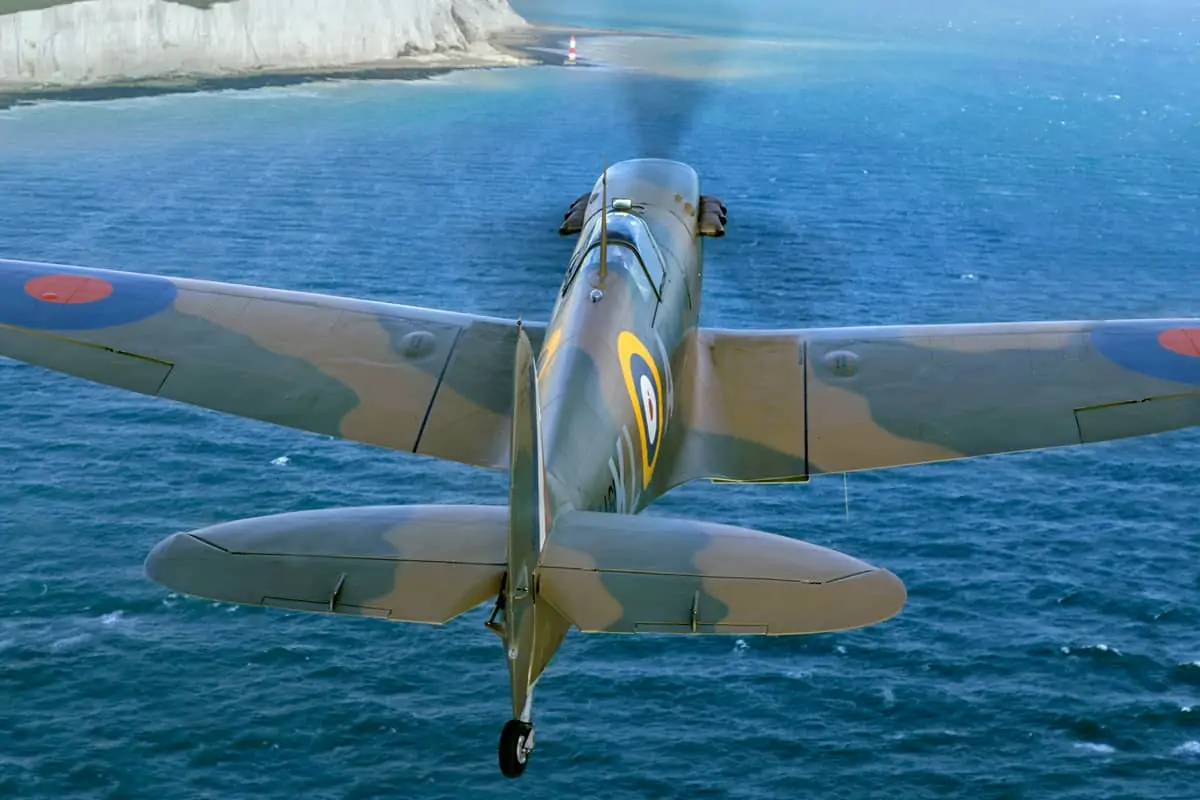
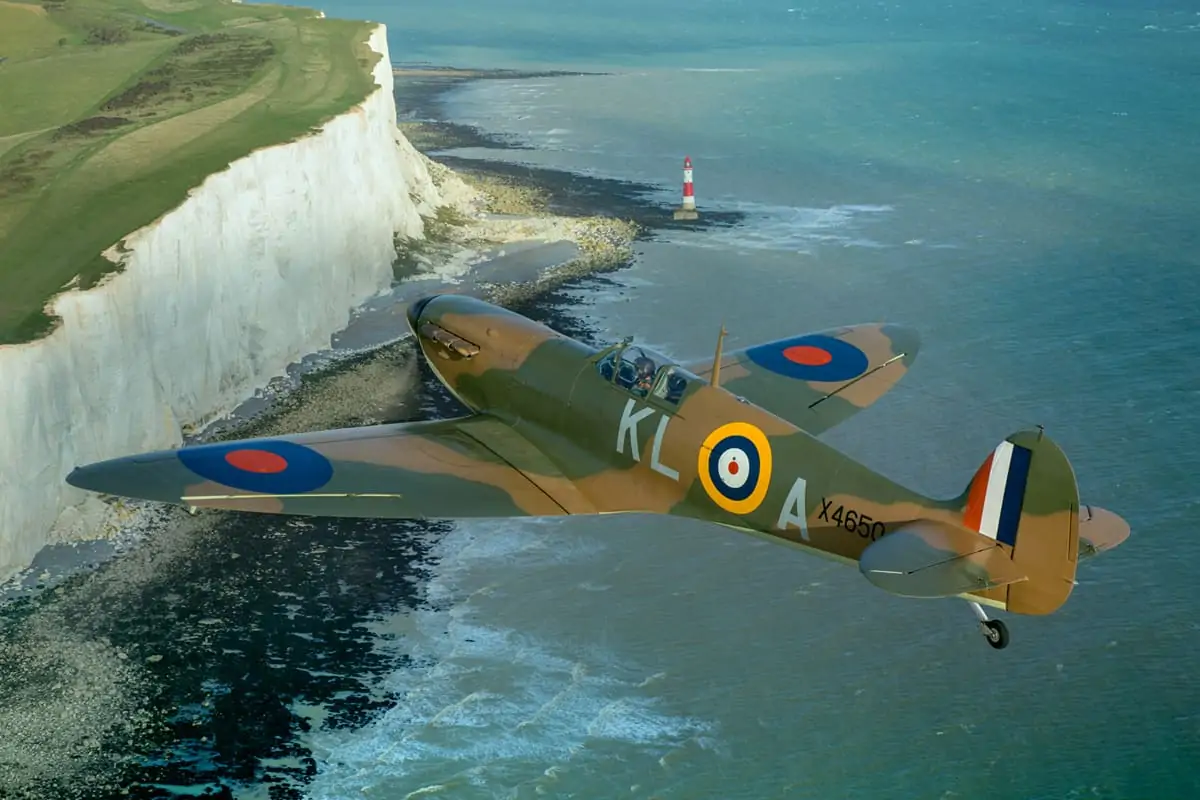
He adds, “The Spitfire looks and flies like a bird. Its beautiful design and performance in-flight were built for the cinema. But in formations, they have a different signature, a lethal beauty, looking like they hunt in packs. As one veteran says, it was a combat machine engaged in total warfare, and the fate of the world was hinged on events involving the Spitfire.
“For me, this production was about how best to portray the majesty of the aircraft whilst also representing the highs and lows of the human spirit.
The Spitfire is the star of the show, and the men and women who flew her also take starring roles. So, the aim was to take the audience from a 90-year old in our present day, to their experience as a 19-year old in the air, and back again.”
For Dibbs, who is on the board of the US National Museum Of WW2 Aviation, and is the author of no fewer than 22 books about military aviation, authenticity was the key. Using his knowledge and contacts, he was able to assist the producers in assembling a host of Spitfires that saw action during the war, as well as experienced pilots, and even the original flying gear they would have worn during the war.
Over 22,000 Spitfires were manufactured, of which 120 remain, and, of these, around 50 account for the current flying population. The production, whose aerial sequences were shot during the summer and early autumn of 2016 and 2017, was able to access Mk-I, V, VIII, IX, XIV and XVI Spitfires, plus two Hurricanes, for the shoots, although due to physical logistics, they could only shoot three Spitfires at the same time.
Airfields with grass landing strips, and whose buildings have been largely untouched since 1945, were used for filming. These included the aerodromes in Bicester, Oxfordshire, and Dunkeswell in Devon. The production also included acrobatic aerial cinematography above the White Cliffs of Dover.
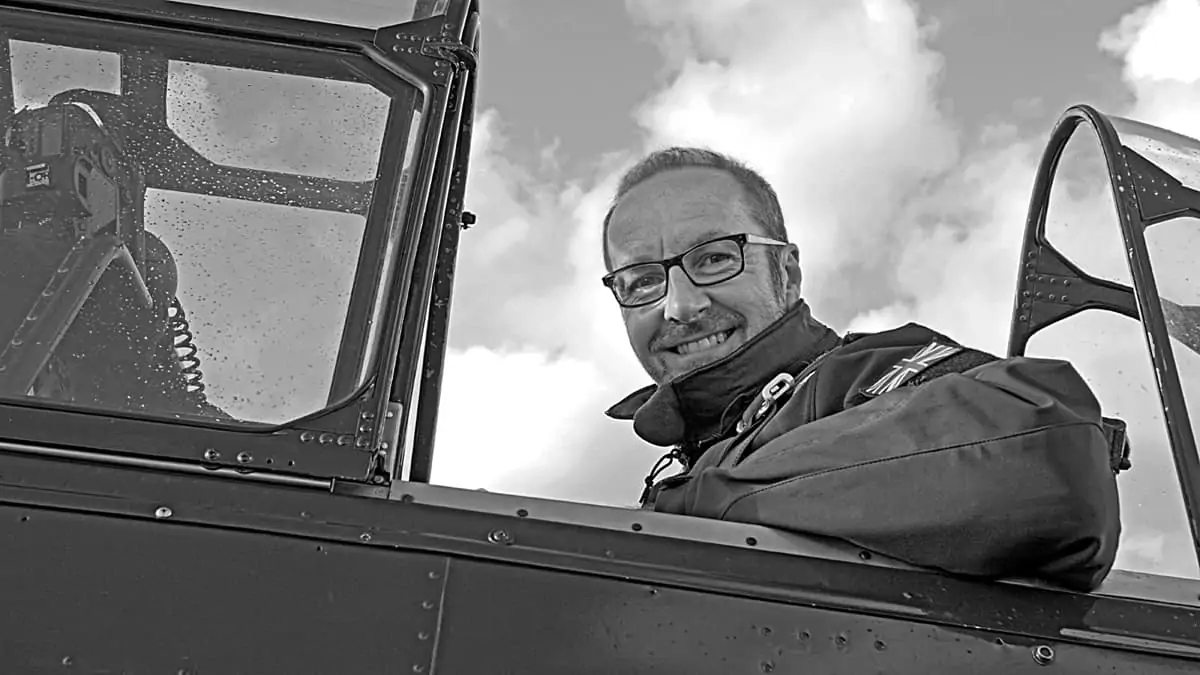
As Collins had shot the veteran interviews at 4K using Red Epic and ARRI Minis, Dibbs elected to retain a visual continuity by shooting the aerials with the same cameras. In view of the dynamics of capturing the aircraft in flight as they sped through the sky, he selected a Canon 50-1000mm zoom lens, which gave camera operator, US aerial specialist Doug Holgate, the ability to frame a wide range of perspectives from intimate close-ups of the aircraft, aerial acrobatics, as well as wider perspectives. Filming was conducted from helicopters provided by GB Helicopters and Helicopter Film Services, to which the team attached Shotover F1 gyro-stabilised camera housings.
Dibbs also deployed the diminutive Sony RXO 4K camera, using special vibration-free mounting, for a number of outward-facing cockpit shots. Its 24mm lens provided a suitable cinematic look, and ability to fix the shutter eliminated any potential strobing or bending effects to the look of the propellers in the footage.
“Unlike shooting traditional stunts, this type of aerial filming is more like a military exercise, with the accent first and foremost on safety,” Dibbs says. “Some of the briefings took twice as long as the sorties themselves, as along with the safety aspects, we also went carefully through my storyboards of shots we wanted to achieve, and the precise choreography of the aircraft.”
He notes, “Obviously, we were driven by weather, and had sometimes to be extremely patient for the right conditions. However, one of the beauties of shooting in the sky is that you can move the light around, and that’s an amazing luxury to have.”
"For me, this production was about how best to portray the majesty of the aircraft whilst also representing the highs and lows of the human spirit. The Spitfire is the star of the show, and the men and women who flew her also take starring roles."
- John Dibbs
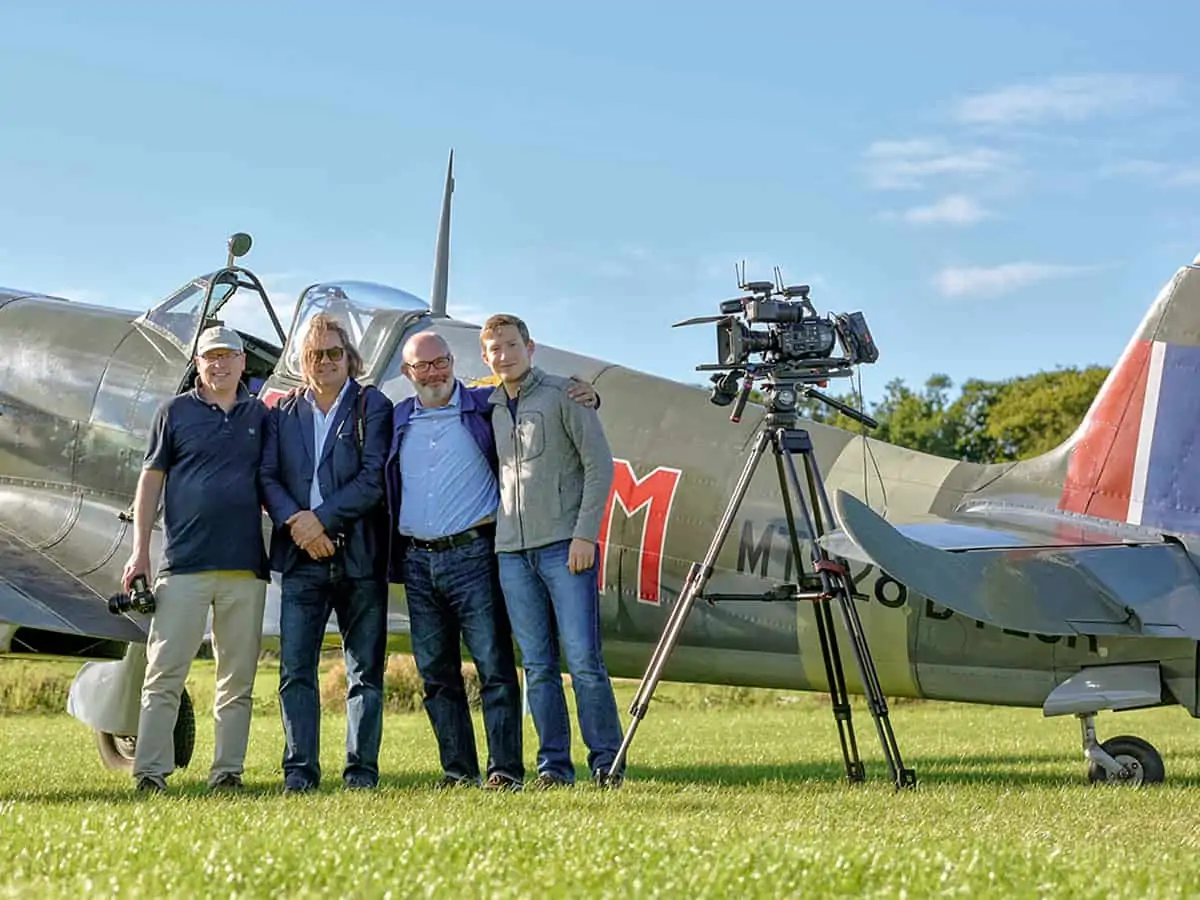
Dibbs says that one inspiration for the aerial visuals was Battle Of Britain (1969, dir. Guy Hamilton) shot by Freddie Young BSC. “The scope of the filming was incredibly complex. By modern standards, what they managed to achieve with the camera and camera platform technology they had then, is absolutely breathtaking. I don’t think a week goes by without me thinking of Freddie’s work on that film.”
A further inspiration, also shot by Young, was to emulate the iconic desert scene in Lawrence Of Arabia (1962, dir. David Lean), in which Omar Sharif’s character, Ali, slowly materialises out of a desert mirage.
“Our film opens with a shot of the sky, and the speck of a plane in the distance,” says Dibbs. “It gradually comes closer and closer to the camera, with the distinctive Merlin’s Song drone of the engine, gradually getting louder and louder. As the Spitfire fills the screen and flies overhead, the fearsome audio-visual experience makes your hair stand up. It’s a great way to start the story of the aircraft, and fliers, that played such a pivotal role in the war, and went on to become the backbone of RAF Fighter Command.”

